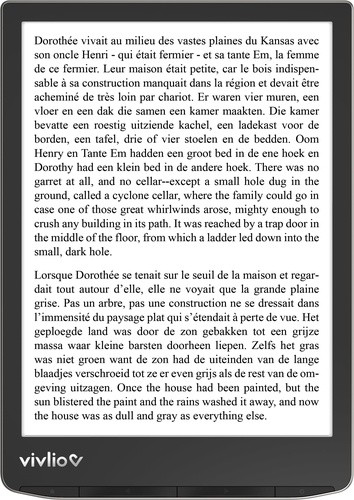En cours de chargement...
Sparc Architecture, Assembly Language Programming And C. 2nd Edition
57,60 €
Neuf
Actuellement indisponible
Résumé
Written from a programmer's perspective, this book introduces the SPARC assembly language to readers early on. Other introductory material encompasses making use of UNIX tools (the m4 macro processor, the assembler, the gnu emacs editor, and the gdb
debugger). Further coverage includes a formal definition of the von Neumann machine,
its relationship to programmable calculators, and to the JAVA bytecode and JAVA virtual
machine. This book's loyal audience has been anticipating a revision of a very successful
book for this growing market. Not only is this book suitable for introductory computer architecture courses, but for programmers who will be programming SPARC architecture machine in languages such as C and C++.
Second edition features
• Provides reader understanding of the complexity and cost of using various data and control structures in high-level languages
• Includes the latest material on the new Ultra SPARC architecture
• Frequent references to C and C++ language constructs and their translation into SPARC assembly language
• Offers optional material on floating point, traps, memory management, and other architectures
• Companion Website supplements the text with updates and code examples at http://www.prenhall.com/paul
Sommaire
- The computer
- SPARC architecture
- Digital logic and binary numbers
- Binary arithmetic
- The stack
- Data structures
- Subroutines
- Machine instructions
- External data and text
- Input/output
- Floating-point
- Traps and exceptions
- Memory management
- Other architectures
- Ultra SPARC
Caractéristiques
-
Date de parution01/01/2000
-
Editeur
-
ISBN0-13-025596-3
-
EAN9780130255969
-
PrésentationBroché
-
Nb. de pages505 pages
-
Poids0.75 Kg
-
Dimensions18,0 cm × 23,5 cm × 2,0 cm
Avis libraires et clients
Avis audio
Écoutez ce qu'en disent nos libraires !





